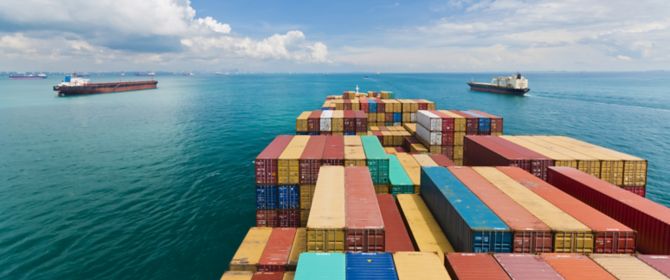The General Agreement on Tariffs and Trade (GATT) has underpinned the multilateral international trade system since 1948, preceding the creation of the World Trade Organisation (WTO) in 1995.
Two fundamental principles of the GATT include:
- non-discrimination, under the most favoured nation and national treatment articles;
- negotiation of tariffs on a reciprocal and mutually advantageous basis.
The US tariffs of 2025 challenge these principles and the system that has facilitated trade flows and reduced tariff and non-tariff barriers over time. During this period, Australian companies have generally enjoyed increasing export market access and reduced tariffs as successive governments negotiated free trade agreements with major trading partners.
Now, as global trade faces a period of unprecedented disruption, businesses need to consider how to deal with the impacts of the tariffs which can quickly constrain operational budgets and erode margins.
These measures currently include:
- a 10 percent tariff imposed on goods from all countries imported into the US
- individualised reciprocal country tariffs of up to 50 percent (on pause for 90 days)
- an escalation of retaliatory tariffs with China
- a 25 percent tariff on steel and aluminium and derivative articles
- a 25 percent tariff on automobiles and parts
- additional tariffs on goods from Canada and Mexico
- removal of the de minimis exemption for low value shipments from China
- retaliatory tariffs on US goods from the EU, Canada and China.
Investigations are ongoing for copper, pharmaceuticals, semiconductors, and lumber articles.
While the tariffs may prompt reviews of supply chains, investment, and re-negotiation of contracts, businesses should consider what technical trade strategies are available to mitigate these impacts.
This assessment requires the business to:
- analyse trade data to measure the impact and plan for scenarios
- apply these insights to implement strategies to reduce the duty impost
- ensure the operating model is suitable under the current changeable environment.
By leveraging short and long term duty mitigation strategies, companies can reduce their tariff liabilities, the adverse impact on cash flow, and build a resilient international supply chain.
These strategies may include the below.
Tariff classification
- The Harmonised Tariff Schedule of the US (HTS) sets out the tariff rates for all imported merchandise.
- The corresponding HTS codes will impact the tariff or customs duty rate applied to the imported goods, with the potential for additional tariffs to be stacked.
- Ensuring that the goods are classified correctly therefore ensures the application of the appropriate tariff rate.
- In many cases the HTS code also determines whether the goods are subject to exemptions or additional tariffs.
Customs valuation planning
- Tariffs are calculated based on the customs value of the goods. Ensuring the appropriate customs valuation methodology is used and that non-dutiable amounts are excluded can avoid any unnecessary payment of tariffs.
- Related parties may look to transfer pricing to reflect the changed economic conditions. Post-importation adjustments may give rise to duty refund opportunities. As such, transfer pricing policies should be revisited and considered in conjunction with customs, and revised as appropriate.
- Companies with multiple financial transactions in the international supply chain may be able to use the lower of the prices (i.e. the manufacturers price) under the first sale for export rule.
Country of origin planning
- Rules of origin and qualification for preferential rates are complex and require supply chain visibility from manufacturers. Tariffs on steel and aluminium derivate articles require detailed origin data at the bill of materials level so as not to incur duty on the full value of the product.
- Where goods are considered to originate from could lead to a considerable duty difference with the USтs reciprocal tariff rates ranging from 10-50 percent.
- Informed physical supply chain and sourcing decisions may therefore provide access to reduced duty rates.
Other strategies
Companies can also utilise other strategies to mitigate costs such as free trade areas or bonded zones to suspend duties, and duty drawback on exported goods for duty recovery.
As the viable and optimal strategies are highly specific to a companyтs supply chain, a thorough assessment of options should be performed.
The challenges of the global trade environment are unlikely to resolve in the short term and will require attention and agility through this period of uncertainty.



